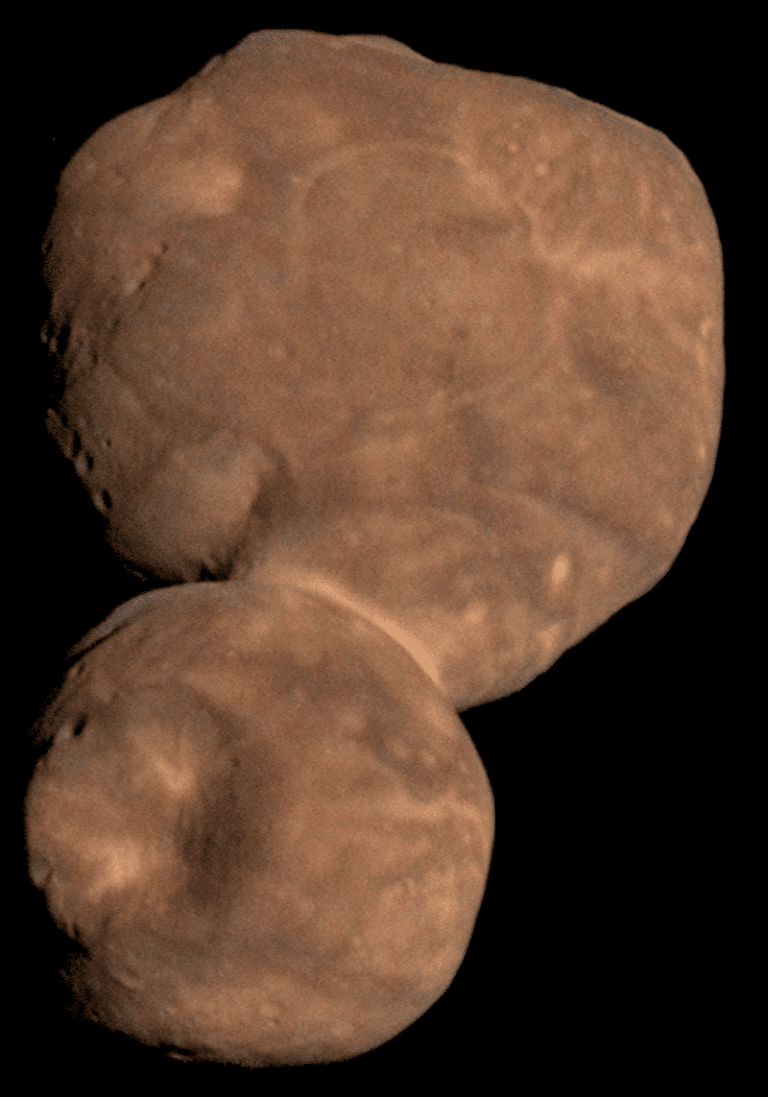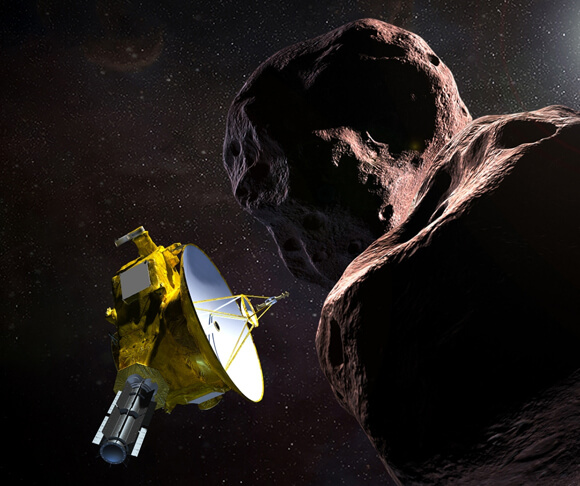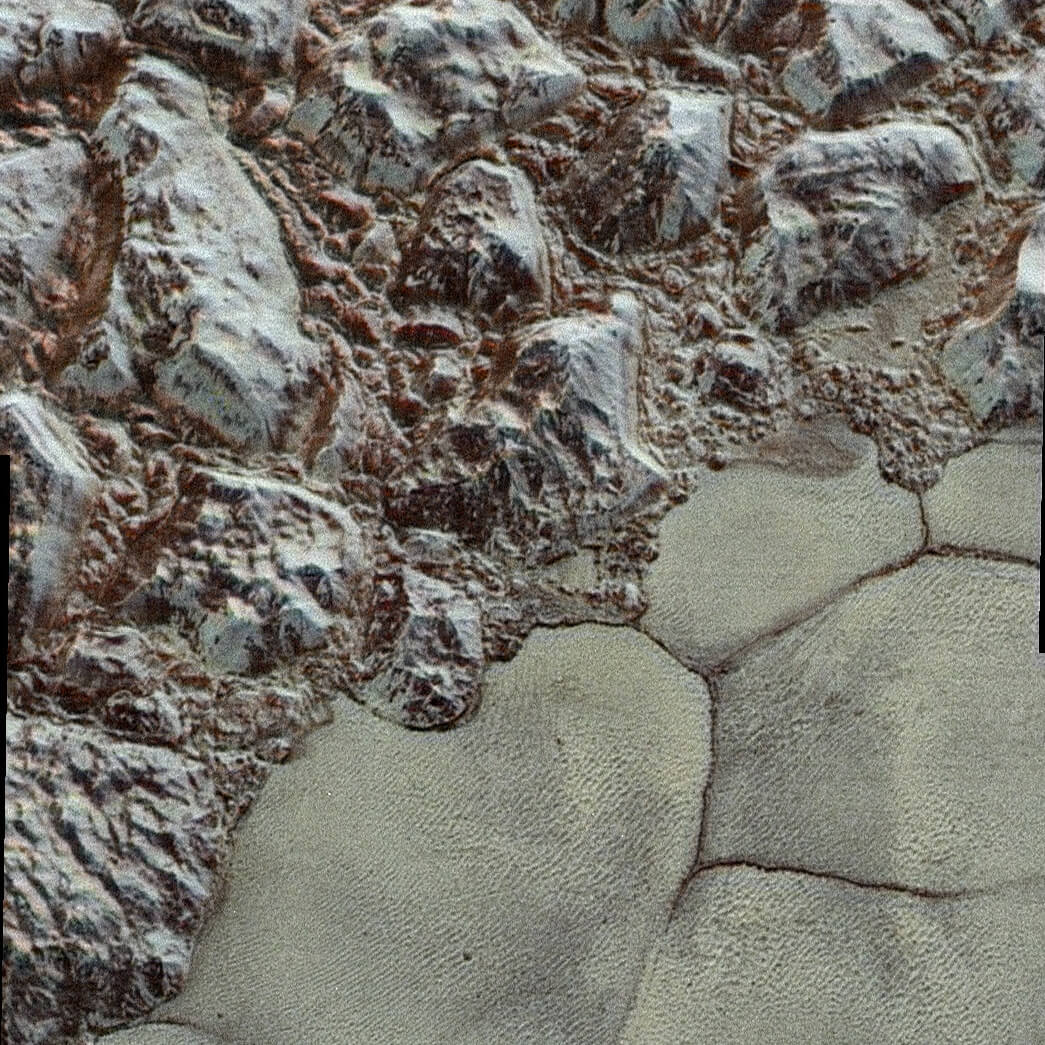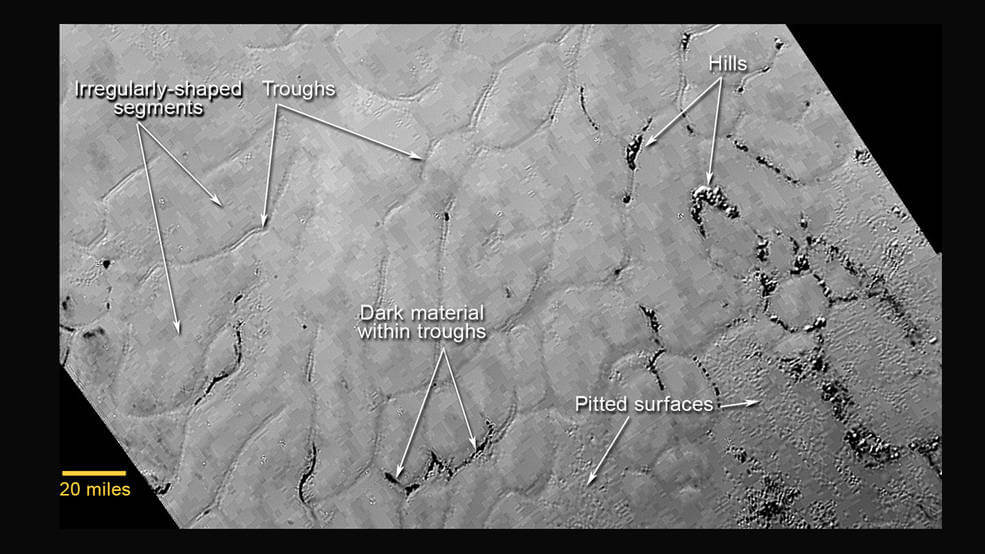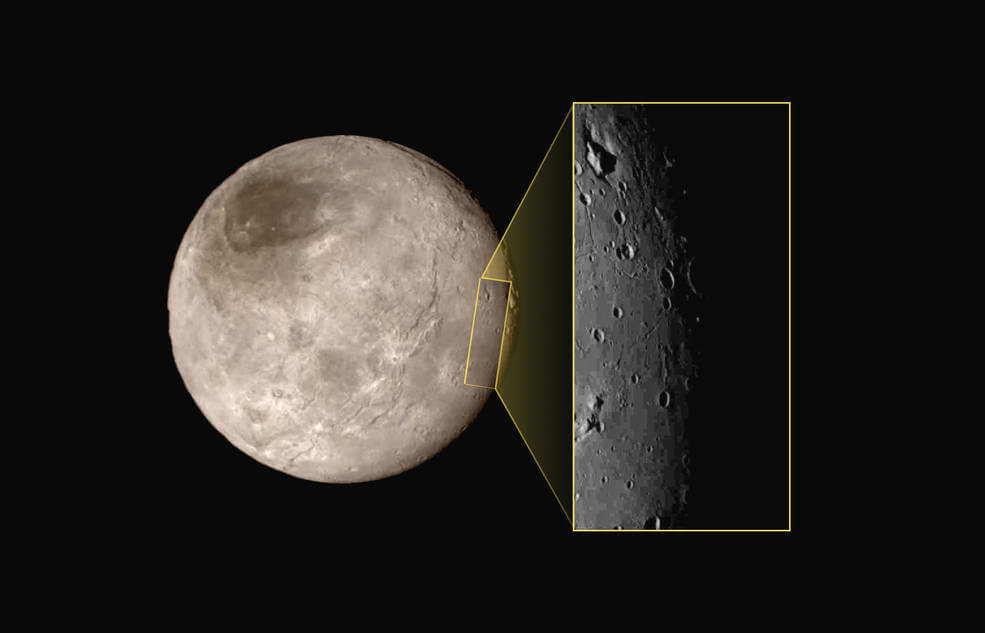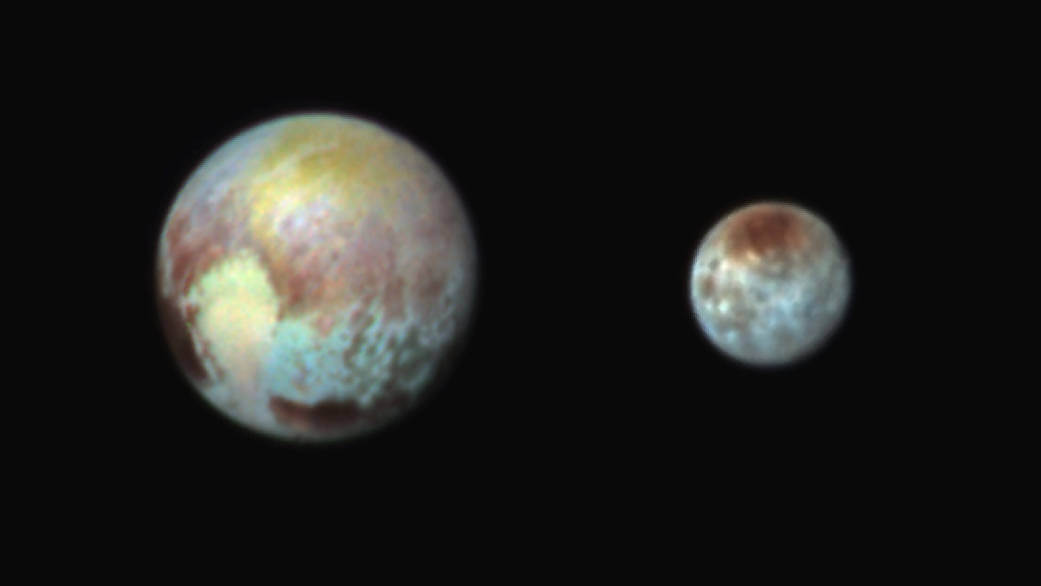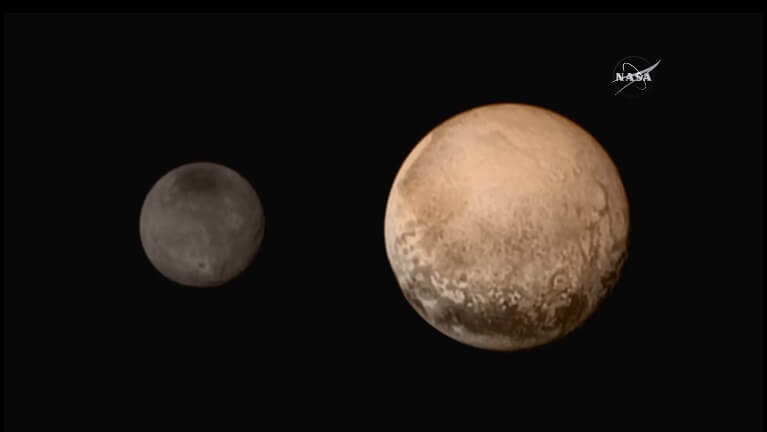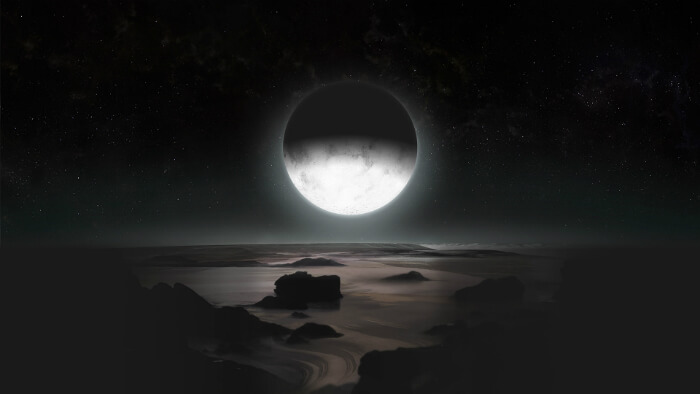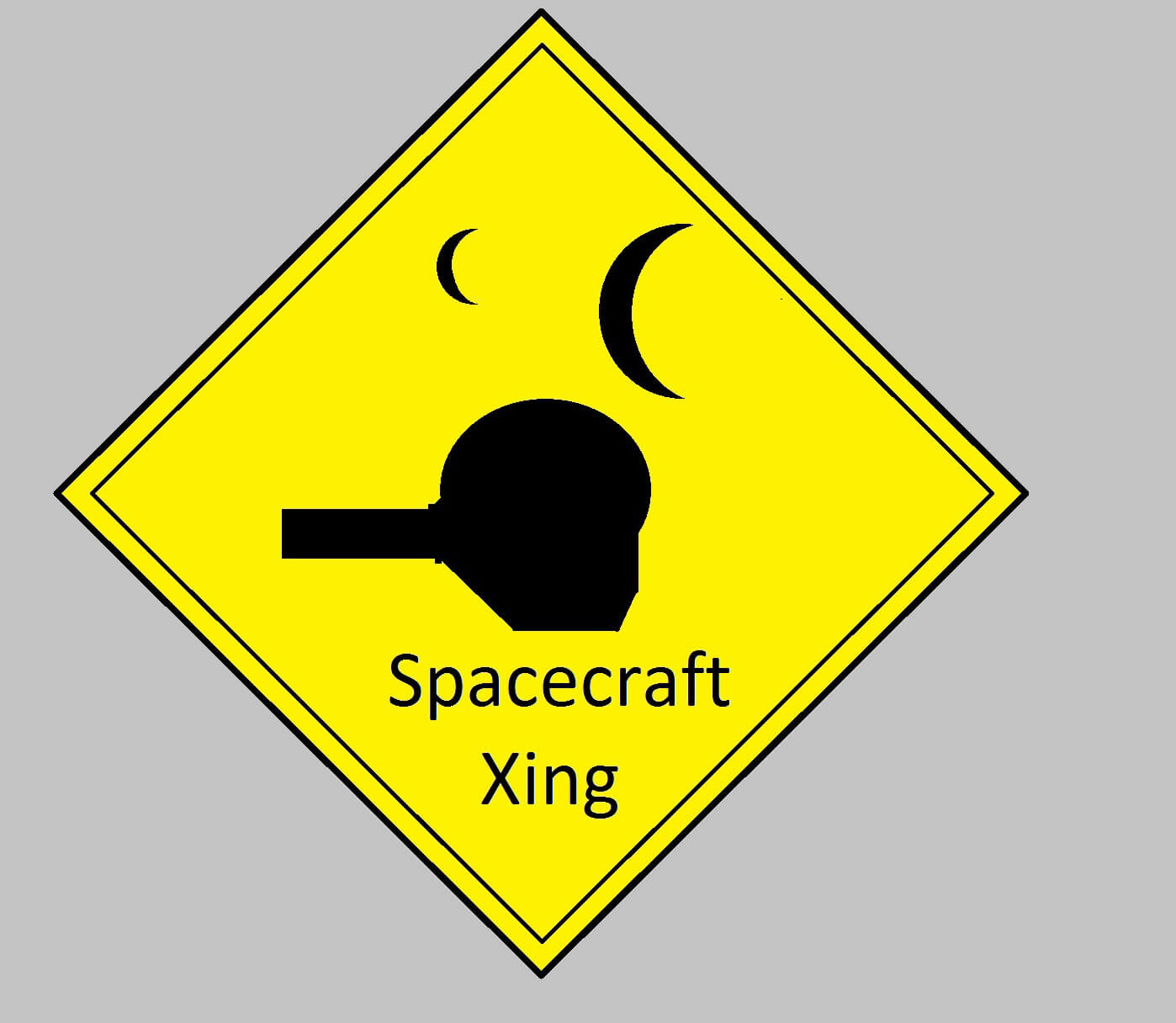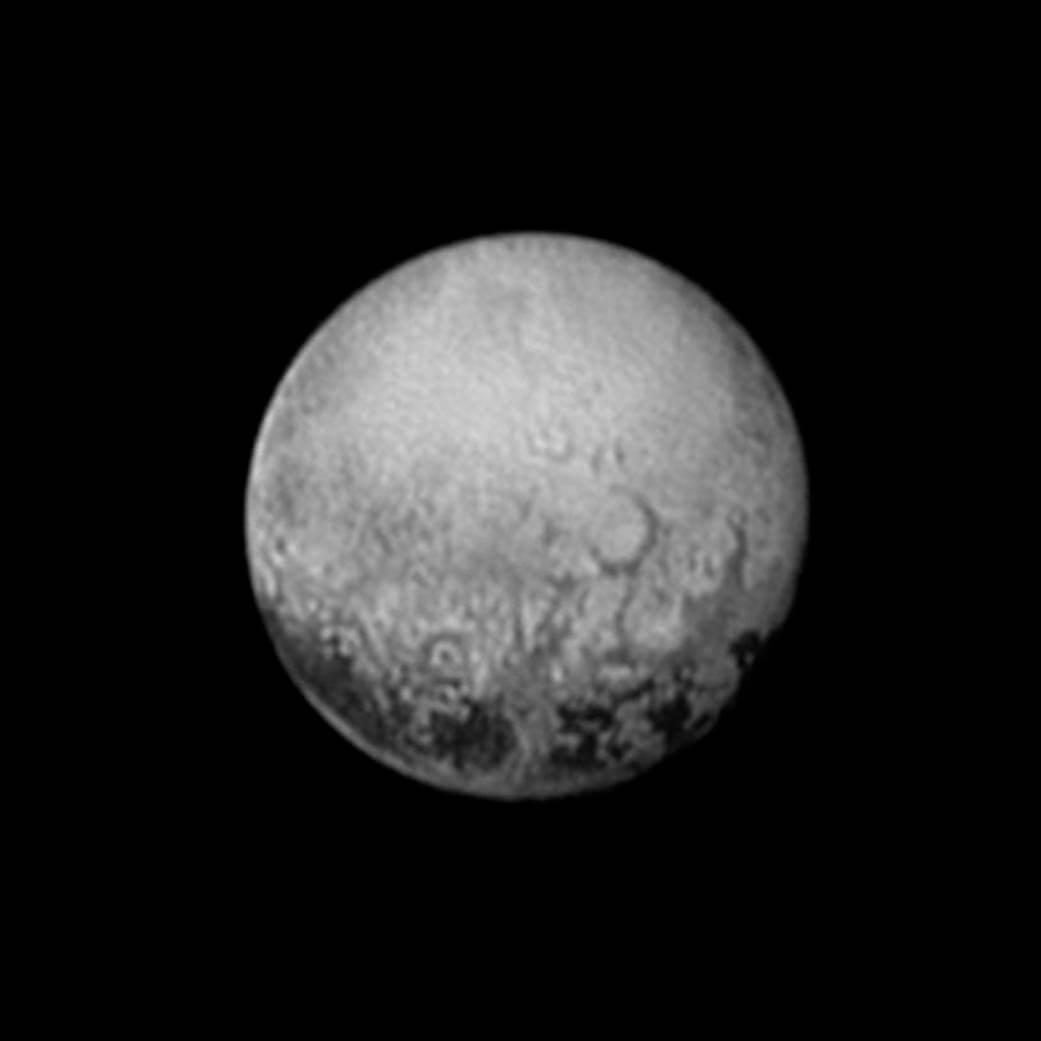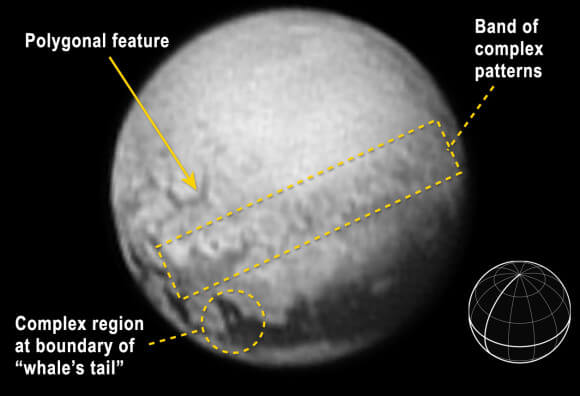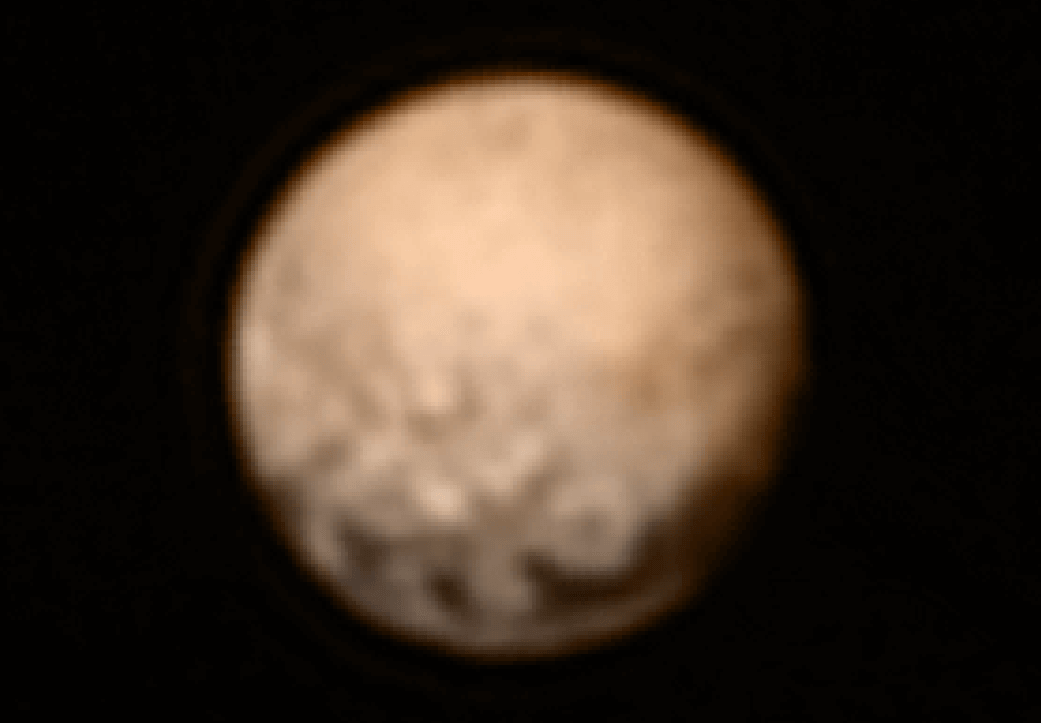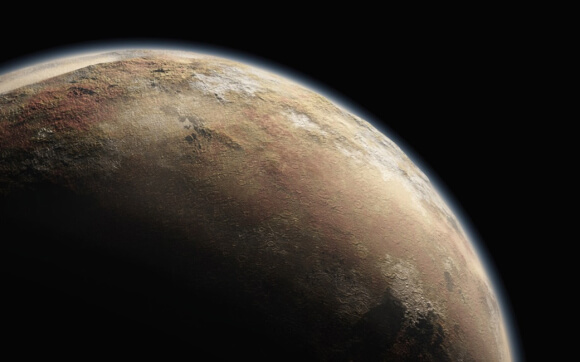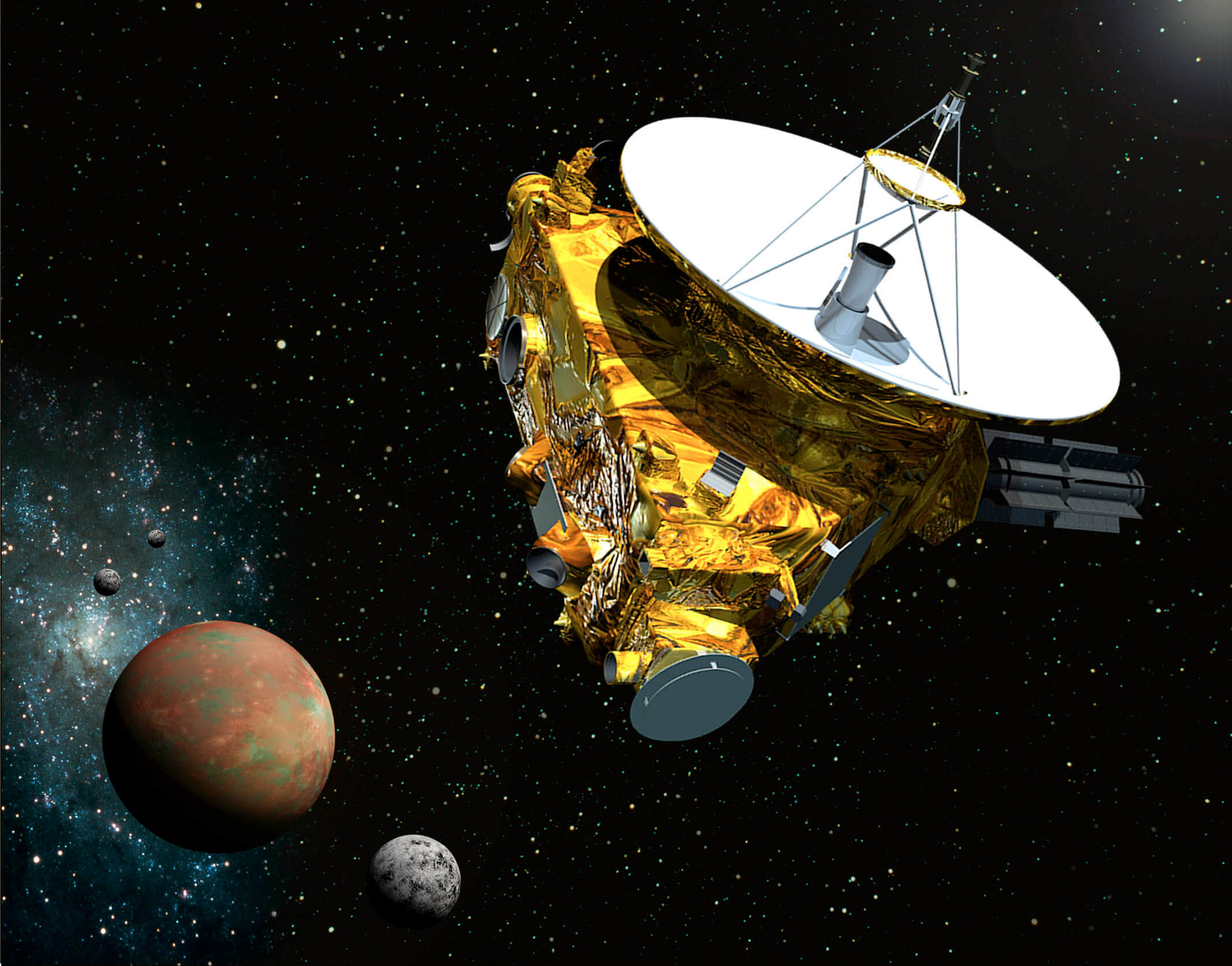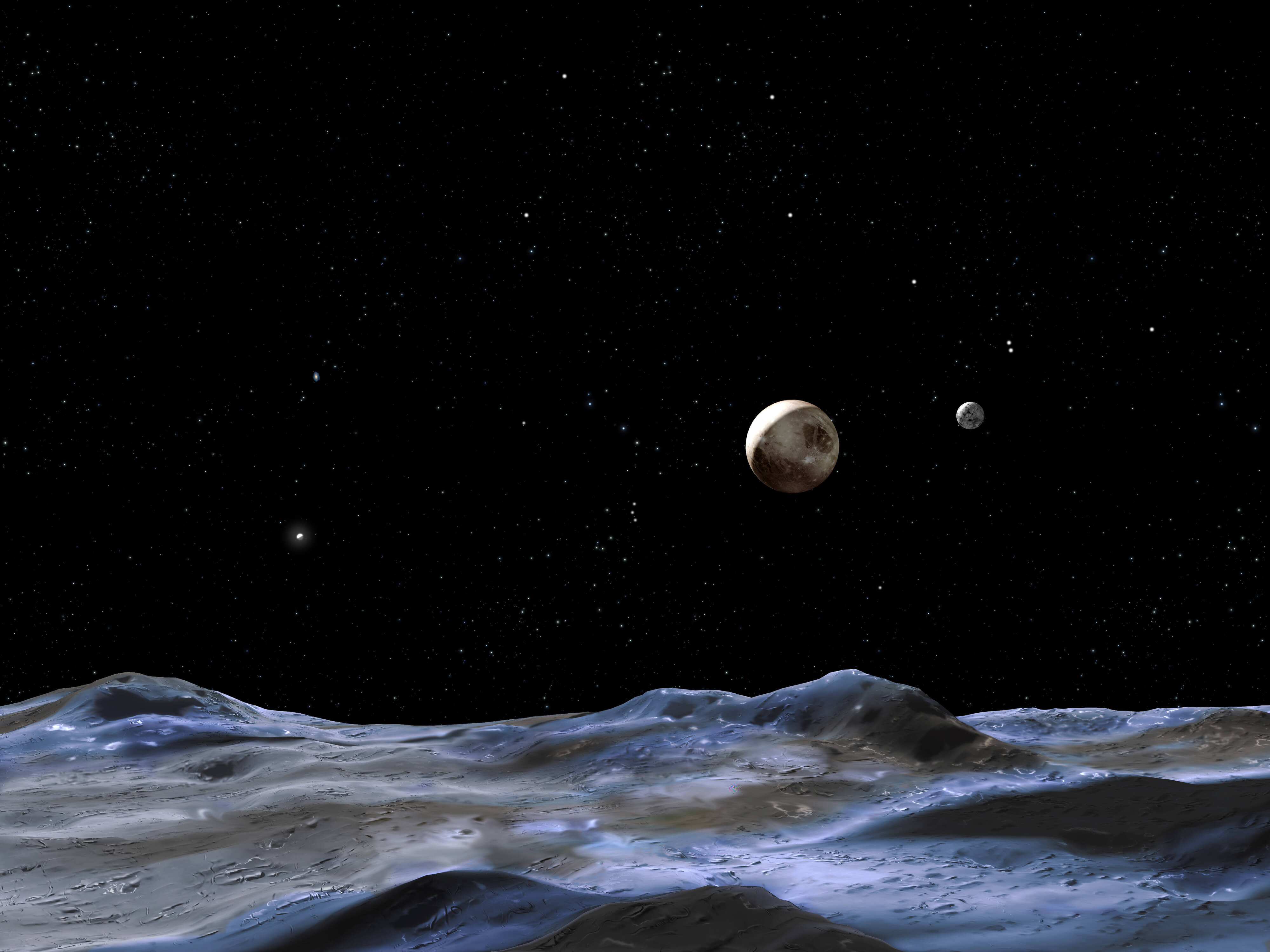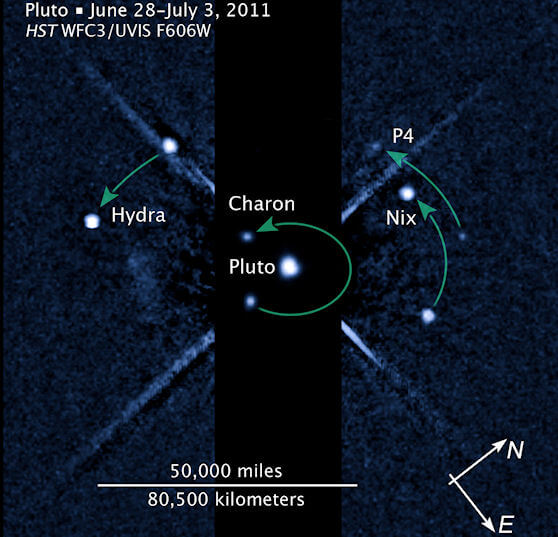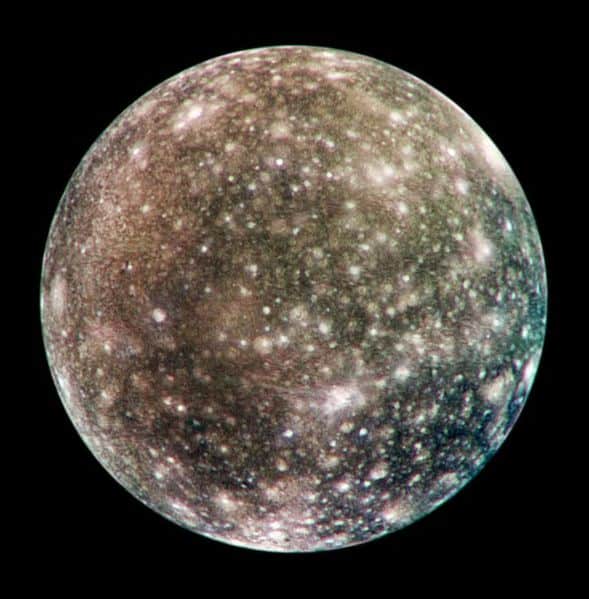Hayadan > Space and astronomy > space missions > Missions to the outer solar system > New Horizons
New Horizons
- Avi Blizovsky
- April 25, 2020
- No comments
- Itai Nebo, editor of the Davidson Institute website
- January 2, 2019
- 16 תגובות
- Elisef Kosman
- December 30, 2015
- No comments
- Avi Blizovsky
- December 14, 2015
- 2 תגובות
- Avi Blizovsky
- September 19, 2015
- 3 תגובות
- Avi Blizovsky
- July 18, 2015
- 2 תגובות
- Avi Blizovsky
- July 17, 2015
- 2 תגובות
- Avi Blizovsky
- July 16, 2015
- 2 תגובות
- Avi Blizovsky
- July 15, 2015
- 3 תגובות
- Avi Blizovsky
- July 15, 2015
- 10 תגובות
- Avi Blizovsky
- July 14, 2015
- 7 תגובות
- Itai Nebo, editor of the Davidson Institute website
- July 14, 2015
- 4 תגובות
- Universe Today
- July 14, 2015
- 3 תגובות
- Avi Blizovsky
- July 13, 2015
- 8 תגובות
- Yoav Landsman
- July 13, 2015
- 8 תגובות
- Universe Today
- July 12, 2015
- 3 תגובות
- Avi Blizovsky
- July 8, 2015
- 6 תגובות
- Avi Blizovsky
- July 1, 2015
- 3 תגובות
- Universe Today
- May 5, 2015
- 2 תגובות
- Scientific American Israel
- March 1, 2015
- 2 תגובות
- Avi Blizovsky
- December 7, 2014
- 5 תגובות
- Yoav Landsman
- July 12, 2012
- 3 תגובות
- Avi Blizovsky
- July 20, 2011
- 8 תגובות
- Haim Mazar
- April 29, 2010
- 30 תגובות

